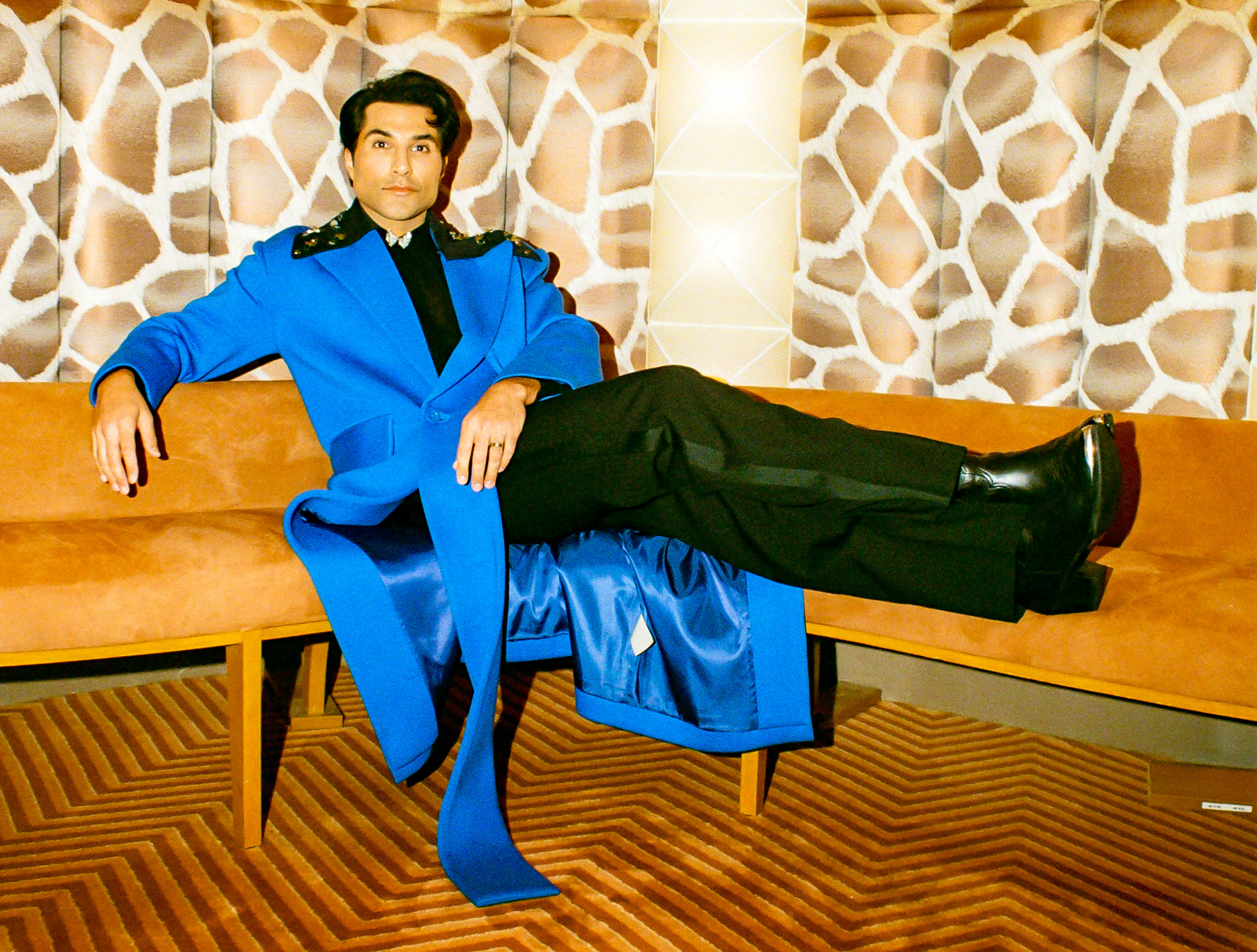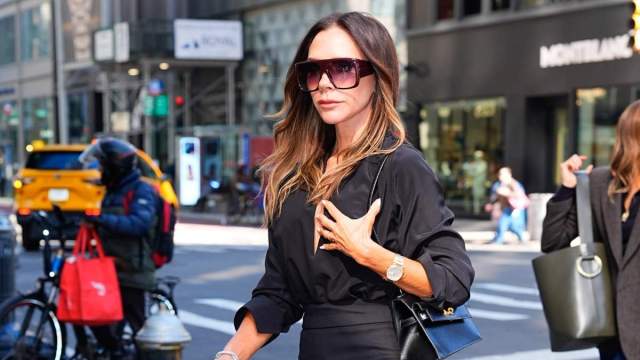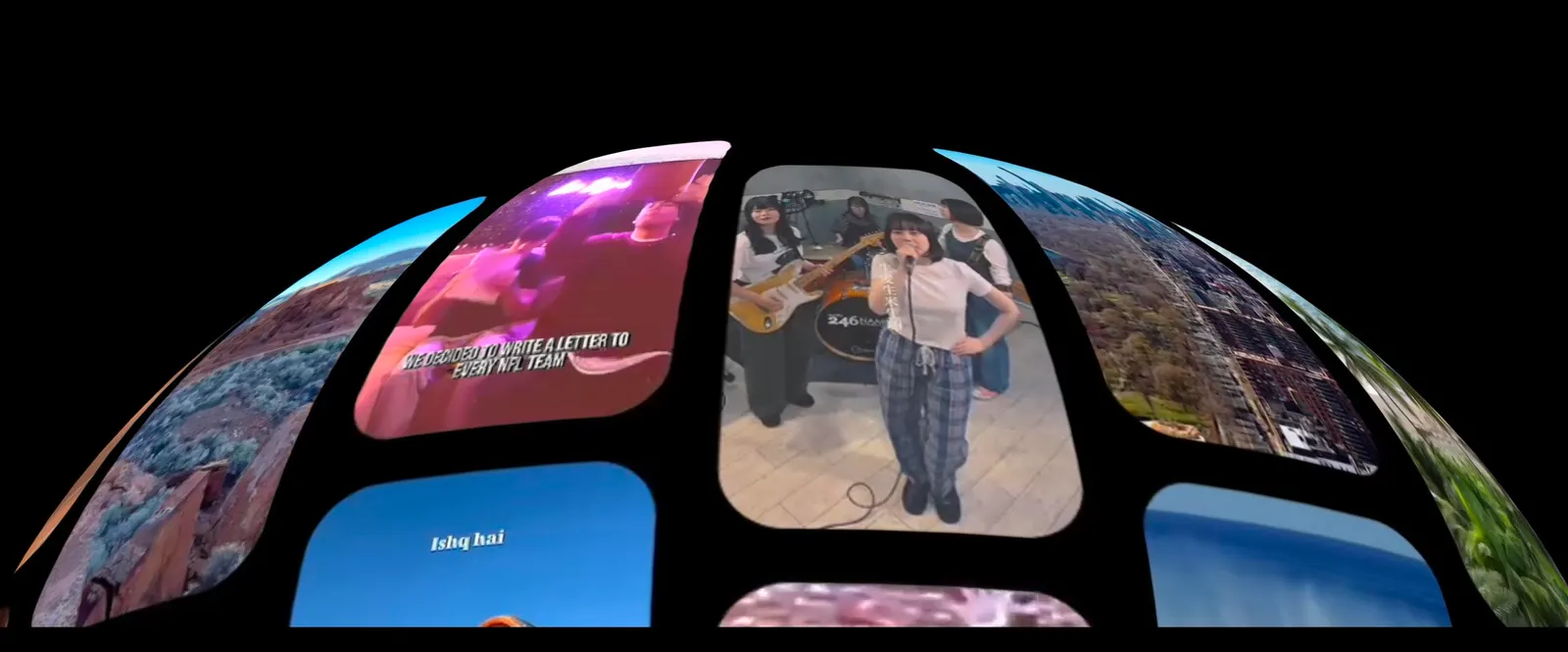Diwali Noir honors the festival of lights through the lens of South Asian and Middle Eastern design, craftsmanship and cultural storytelling
At OBVIO in Manhattan, candlelight mingled with conversation as the Council of Fashion Designers of America (CFDA) and ŌUSHQ hosted Diwali Noir, a first-of-its-kind celebration honoring the festival of lights through the lens of design, craftsmanship and cultural storytelling. More than a dinner, it marked a milestone: the CFDA’s first partnership with an e-tailer devoted to spotlighting South Asian and Middle Eastern designers on the global luxury stage.
At the center of it all were Akbar Hamid and Jessel Taank, the visionary duo redefining what it means to be a global luxury platform. Their mission is clear, to shift the narrative from cultural tokenism to creative parity.

Reframing the Narrative
“For too long, designers from South Asia and the Middle East have been boxed into regional or cultural categories rather than recognized for their innovation and craftsmanship,” says Hamid, entrepreneur, brand strategist and new partner at ŌUSHQ. “The global luxury ecosystem still relies heavily on Western gatekeeping —distribution, PR access, editorial visibility. ŌUSHQ was built to challenge that structure. We’re putting these designers on the same global stage as their Western counterparts, without them having to compromise authenticity or artistry.”
The new ŌUSHQ x CFDA partnership sets that intention in motion. Each capsule collection will pair a South Asian or Middle Eastern designer with a CFDA member under one unified creative brief, resulting in seven to 10 looks that share authorship rather than hierarchy. “Fashion is diplomacy, soft diplomacy at its best,” Hamid says. “In such a divided time, creativity and craftsmanship can bridge worlds. The rise of the Global South is reshaping the luxury landscape. These are not peripheral markets—they’re the future of fashion.”
The Design Story Everyone’s Talking About
“India is the design story everyone is talking about,” says Taank, whose background in television and fashion gives her a unique view into how culture travels. “Regional output has evolved—cleaner lines, modern fabrication, edited embellishment. Designers are creating with global intention, not just for export or occasionwear, but for everyday luxury. We wanted the new ŌUSHQ to reflect that shift.”
Taank’s approach is guided by both heritage and modernity. “We love our traditions —they’re the root of everything—but they evolve. The idea is to preserve the techniques, change the context. Keep the hand, the memory, the intelligence, but make it relevant to how we actually dress today.”
These designers aren’t chasing trends; they’re refining centuries of craft for a new generation. That deserves a slower, more deliberate stage.
Akbar Hamid
Being headquartered in New York plays an essential role. “This city absorbs global voices and makes them part of its creative DNA,” she says. “Our edit starts from that point of view, South Asian and Middle Eastern design that feels at home in New York wardrobes, not imported or ornamental.”
Curation Over Consumption
ŌUSHQ’s business model reflects a quiet rebellion against the fashion industry’s excess. “We’re moving from consumption to curation,” says Hamid. “People don’t want more—they want meaning. We’re building momentum through limited-edition drops and pre-order capsules. It’s sustainable, intentional and designed to create anticipation while protecting the integrity of the work.”
By emphasizing narrative over novelty, ŌUSHQ invites consumers to engage emotionally, not transactionally. “We want to create connection, not just commerce,” Hamid says. “These designers aren’t chasing trends; they’re refining centuries of craft for a new generation. That deserves a slower, more deliberate stage.”
A Global Lens, Rooted in Identity
For Junaid Mahmood, Senior Advisor to ŌUSHQ, that mission carries cultural weight. “As an American Pakistani, it’s always pained me to see how little recognition our region’s talent has received,” he says. “There’s an extraordinary well of creativity and craftsmanship across South Asia and the Middle East that’s been hiding in plain sight. With ŌUSHQ, we’re closing that gap by spotlighting designers who deserve to be seen, celebrated and be part of the global luxury dialogue.”

His sentiment echoes the brand’s broader mission, amplifying what has long been underrepresented rather than introducing something new. As Mahmood puts it, “We’re witnessing a creative renaissance. The South Asian and Middle Eastern markets are not just participating in global fashion, they’re defining its next chapter.”
Beyond Borders, Beyond Categories
For both Hamid and Taank, the goal is to build infrastructure for inclusion, not as a gesture, but as a foundation. “The center of fashion is bigger than the old map,” Taank says. “We’re moving from token presence to shared power, and that’s where discovery begins.”
Hamid adds, “Global today means fluid. Style without borders. The next generation of consumers doesn’t care where something comes from; they care about what it means.”
From Diwali Noir to the CFDA collaboration, ŌUSHQ is proving that the future of luxury isn’t about geography, it’s about perspective. And as the lights of Diwali fade into the city skyline, one thing is clear: the Global South is no longer waiting for recognition. It’s ready to lead.
CONTEXT: incontent
This placeholder is removed when the ad slot is configured.


